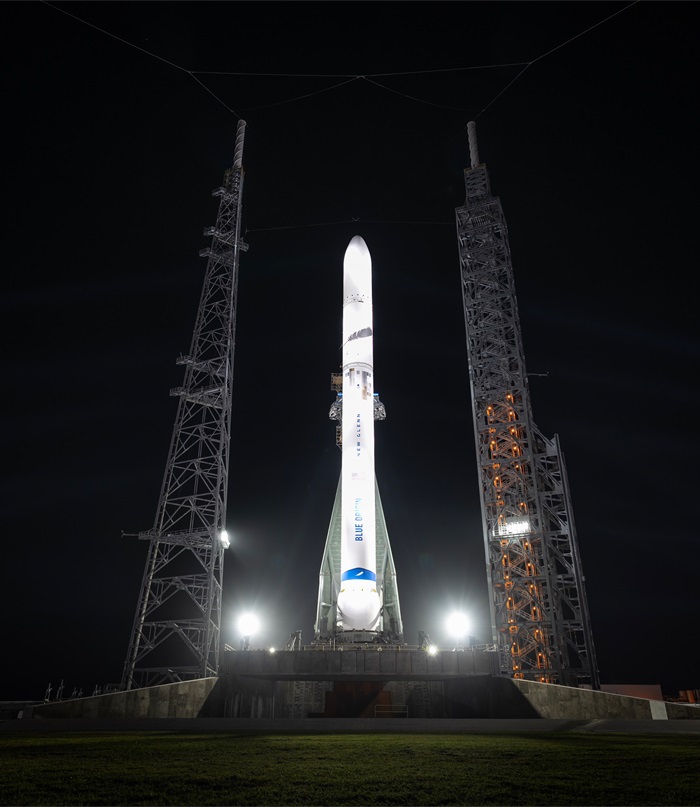The International Astronautical Congress (IAC) is the main space conference of the world because it allows space agencies to come together, exchange policy and mission ideas, present new technology and findings, and even sign international agreements. It already attracts thousands of attendees from around the world every year, but its organisers, the International Astronautical Federation (IAF), want to attract even more by featuring a ‘star presenter’ or interviewee.
To encourage the presence of a ‘star’ personality, the individual is often awarded a symbolic gong or prize. However, this practice has somewhat fallen into disrepute with a recent example at the IAC 2019 in Washington DC. The IAF ‘Excellence in Industry Award’ was given to Amazon founder and billionaire Jeff Bezos for the spaceflight achievements of his space company, Blue Origin. The problem for many in the audience was that Bezos’s firm had not even achieved an orbital launch by that point. True, its New Shepard suborbital passenger carrier had flown on some uncrewed test space flights above the Karman 100 km space limit, but it had yet to fly operationally. An unfortunate case of premature congratulations one could say.

Jeff Bezos at IAC 2019. Courtesy: Seradata (David Todd)
While Blue Origin has since fully developed its New Glenn orbital rocket, even five years after Bezos’s award it has yet to fly (its first launch is due later this year). As such, there was surprise that Blue Origin has received a premature award of a different kind. The US Space Force, on behalf of the US Department of Defense, has chosen Blue Origin as one of the three main launch providers – the others are the usual suspects, SpaceX and ULA. These are allowed to bid for a share of US$5.4 billion of future launch contracts as part of the US National Security Space Launch Phase 3 ‘Lane 1’ launch services programme, which will be launched in the five-year period between 2025 and 2029 inclusive. At least 30 launches to the basic ‘Lane’ low Earth orbit destinations are expected. Lane 2 contracts to other designation orbits will be awarded separately later this year.

New Glenn engineering test model. Courtesy: Blue Origin
In the past it has been argued – including by this writer – that there was (and still is) an overcapacity in the launch market. However, launch vehicle reliability, or its lack thereof, meant that if a major launch provider had a launch failure, it might be several months before its capacity became available again. As a result, there would be a sudden shortfall – especially for satellite operators wanting to launch their satellites into orbit as fast as possible. In other words, although counterintuitive, a little overcapacity in launches is a good thing.
The US military has apparently learnt this lesson: it wants at least three launch providers available for these launches. Only SpaceX and ULA were selected for previous phase 2 contracts, which are being flown up to the end of this year, despite protests by Blue Origin that it would be ready in time (it wasn’t). Other launch providers can join the US National Security Space Launch Phase 3 programme through an ‘on ramp’ for latecomers in 2025, but only if their technology is ready to do so. As such, it can be argued that, as yet, the New Glenn part-reusable rocket is not flight proven and that the award is premature, at least compared with its competitors. In other words, it does not seem very fair.





